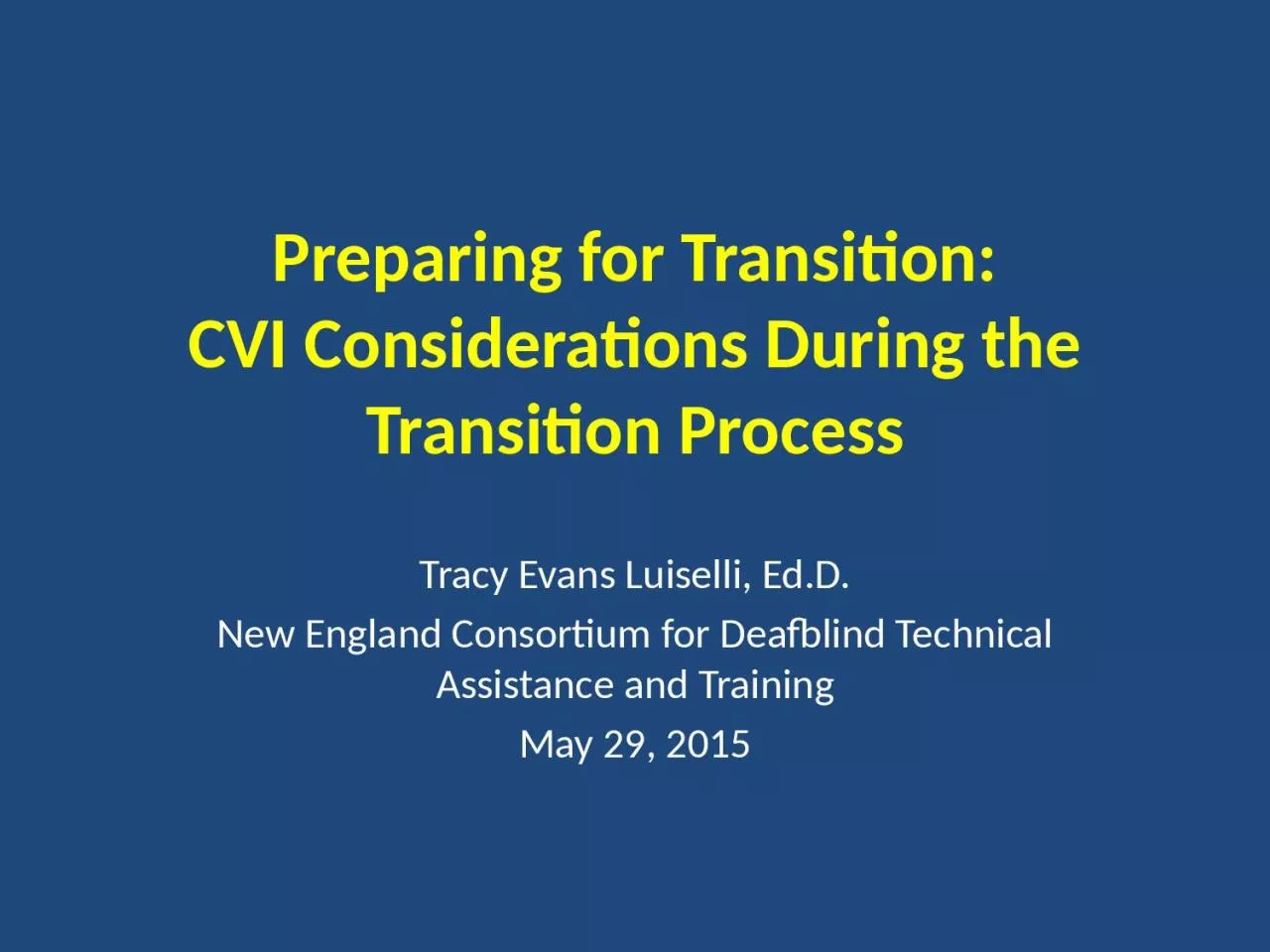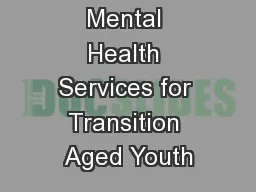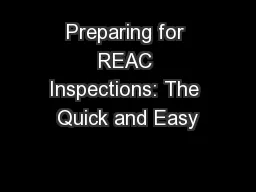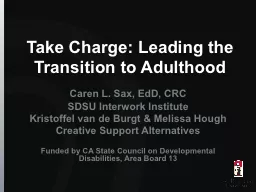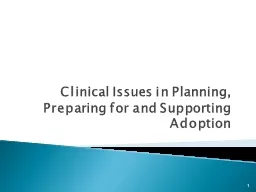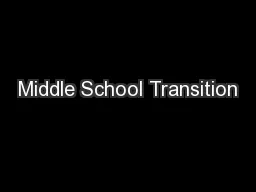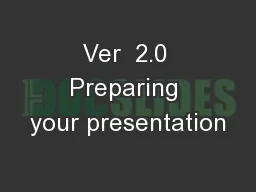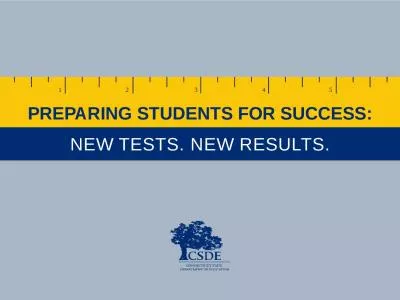PPT-Preparing for Transition:
Author : Littlespud | Published Date : 2022-08-03
CVI Considerations During the Transition Process Tracy Evans Luiselli EdD New England Consortium for Deafblind Technical Assistance and Training May 29 2015 MA
Presentation Embed Code
Download Presentation
Download Presentation The PPT/PDF document "Preparing for Transition:" is the property of its rightful owner. Permission is granted to download and print the materials on this website for personal, non-commercial use only, and to display it on your personal computer provided you do not modify the materials and that you retain all copyright notices contained in the materials. By downloading content from our website, you accept the terms of this agreement.
Preparing for Transition:: Transcript
Download Rules Of Document
"Preparing for Transition:"The content belongs to its owner. You may download and print it for personal use, without modification, and keep all copyright notices. By downloading, you agree to these terms.
Related Documents

